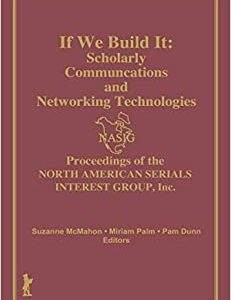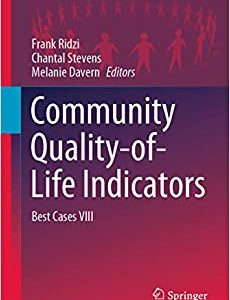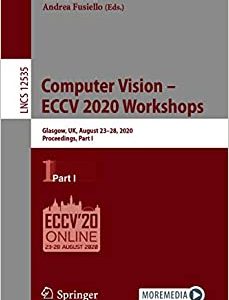The world changes like the patterns in a kaleidoscope: trends expand, contract, break up, melt, disintegrate and disappear, while others are formed. Change – as opposed to stasis – is our normal condition, the only certainty in our lives, hence the need to create tools that provide organizations with the means to tackle change and navigate complexity. We must accept the reality of constant change and be prepared for a heavy shift in perspective: interconnection versus separation, acceleration versus linearity and discontinuity versus continuity.
Anticipating the future requires more than the traditional predictive models (forecasting) based on the forward projection of past experiences. Advanced methods use anticipation logic (foresight) and build probable scenarios taking into account weak signals, emerging trends, coexisting presents and potential paths of evolution.
Corporate foresight is fundamental to interpret and lead change. The two cornerstones of foresight are organization and management. As concerns organization, the authors advocate the separation of research (oriented to the market of tomorrow) from development (oriented to the market of today), the establishment of a foresight unit and the concentration of research activities mainly on the acquisition and recombination of external know-how. As regards management, after an overview of state-of-the-art literature on forecasting methods, the authors propose the implementation of a "future coverage" methodology, which enables companies to measure and verify the consistency between trends, strategic vision and offered products. These organizational and managing tools are then tested in a case study: the Italian company Eurotech SpA, a leader in the ICT sector.











